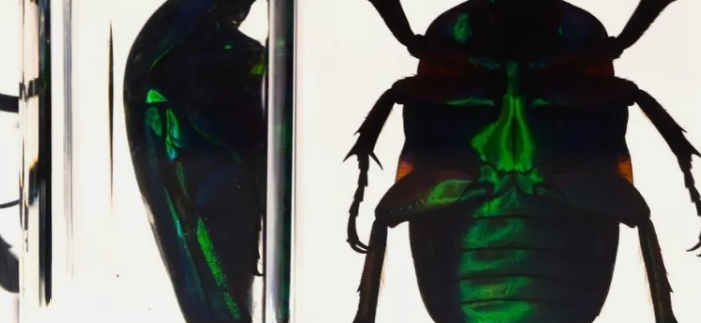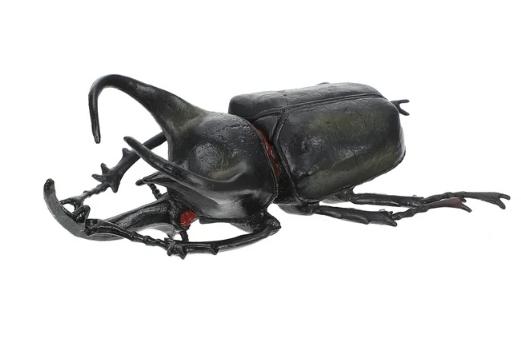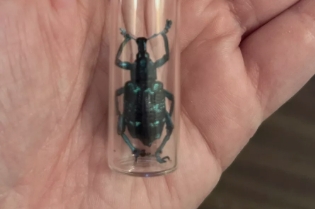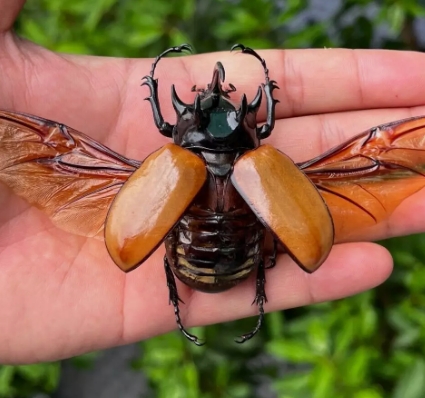The one-horned fairy (Trypoxylus dichotomus) is a popular insect, notable for its large horns, which are characteristic of males, and is often the subject of specimen collections and educational research. It is widely distributed throughout Asia, especially in forests and tropical areas, where it lives on trees and feeds mainly on SAP and rotting wood.
The process of making a specimen includes capturing, fixing, drying and framing. When capturing, healthy and complete individuals should be selected to avoid interference with the ecological environment. After fixation, the specimen is naturally air-dried in a drying chamber to preserve its form and color. Finally, the dried specimen is fixed in the specimen box with a needle, and the relevant information label is attached for easy preservation and display.
Rhinoceros specimens are not only of great value in biological research, helping scientists understand the ecology and behavior of insects, but also in the field of education to stimulate students' interest in biodiversity. In addition, the unique shape of the unicorn often inspires artistic creation and is an integral part of the insect specimen.




